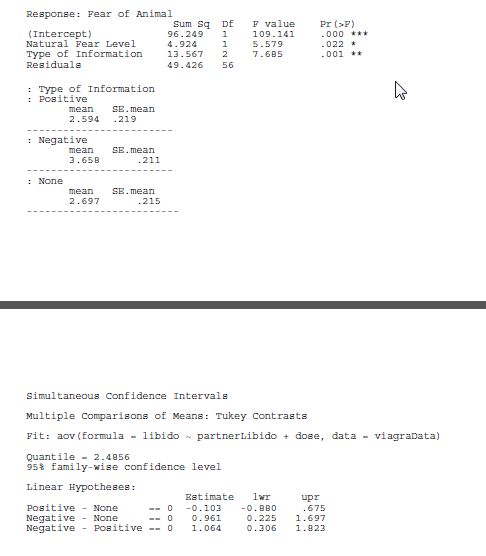Which one of the following best states the meaning of "College is the real world"?
A. College and life are two different things.
B. All your courses have real-world applications.
C. Without a college education, you cannot succeed in life.
D. College is but one of many experiences.
B
You might also like to view...
Students with an emotional or behavioral disorder typically score on the ______ on measures of intelligence.
a. High-average range b. Moderate-high average range c. Average range d. Low-average range
Identify the central phenomenon in the following passage: “The purpose of this intrinsic case study was to investigate two homeschooled undergraduates’ decisions to become and remain music education majors.” (Parker, 2011)*
a. Intrinsic case study b. Homeschooled undergraduates c. Decisions d. Music education majors
With all of the inherent flaws in correlational designs, why should we conduct correlational research? Give three reasons ,and explain each.
What will be an ideal response?
What analysis has been used?
A psychologist was interested in the effects of different fear information in children’s beliefs
about an animal. Three groups of children were shown a picture of an animal that they had
never seen before (a quoll). Then one group was told a negative story (in which the quoll is
described as a vicious, disease?ridden, bundle of nastiness that eats children’s brains), one
group a positive story (in which the quoll is described as a harmless, docile creature that
likes nothing more than to be stroked), and a final group weren’t told a story at all. After the
story children rated how scared they would be if they met a quoll, on a scale ranging from 1
(not at all scared) to 5 (very scared indeed). To control for the natural anxiousness of each
child, a questionnaire measure of trait anxiety was given to the children and used in the
analysis. The (edited) R output is below. The next two questions relate to this output.

a. Analysis of covariance.
b. Independent analysis of variance.
c. Repeated measures analysis of variance.
d. Mixed analysis of variance.
e. Factor analysis.